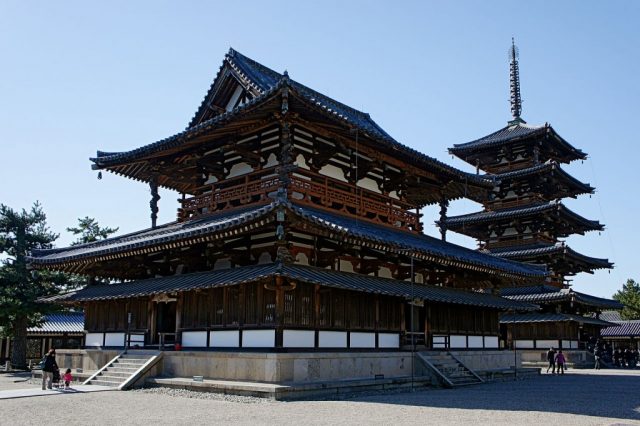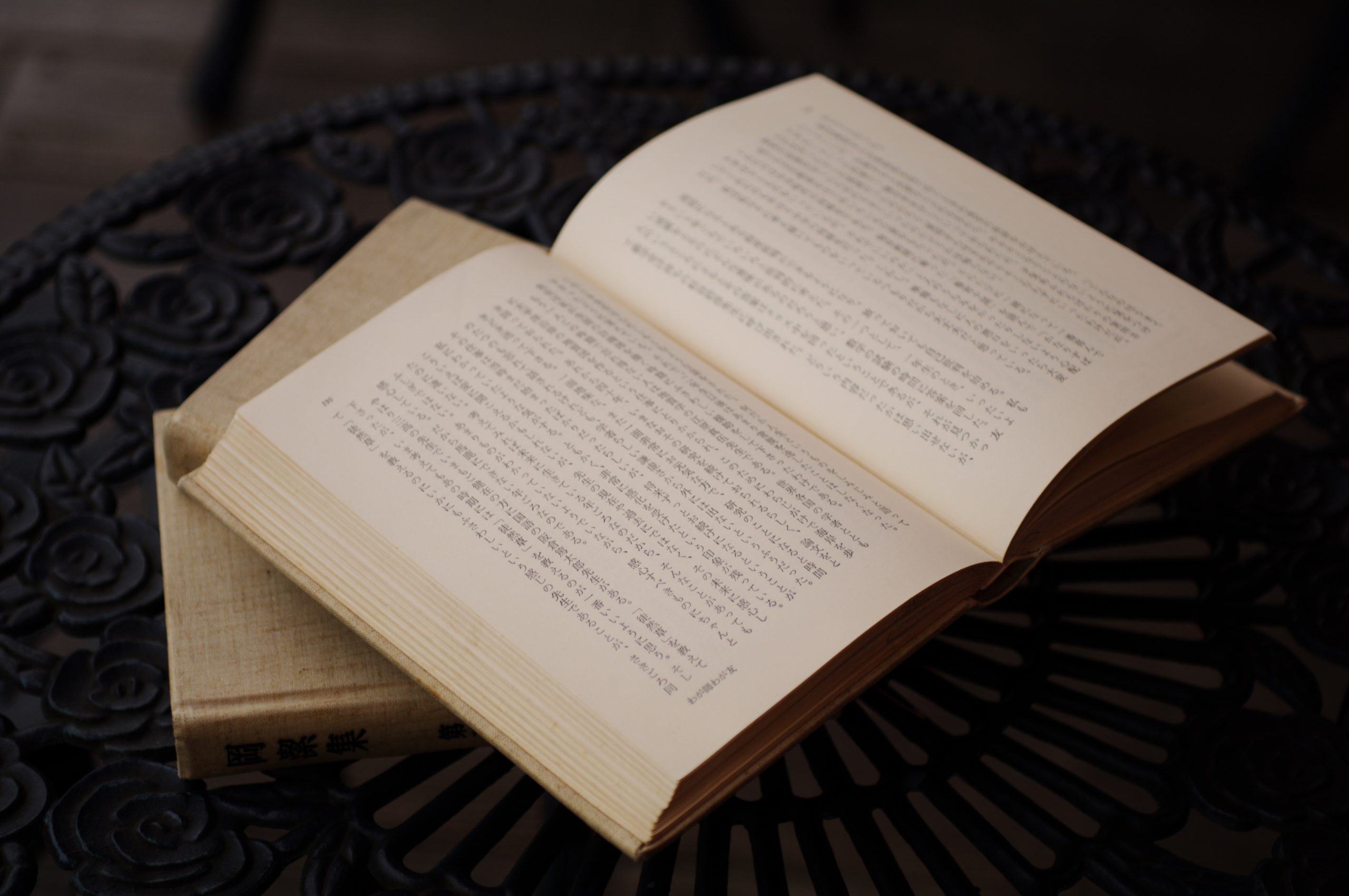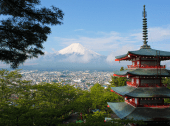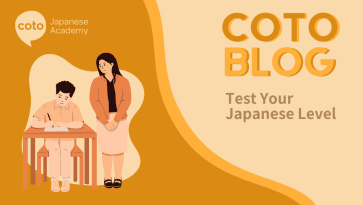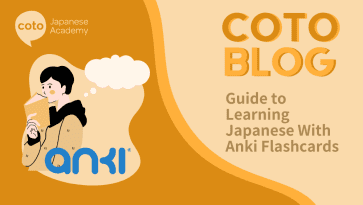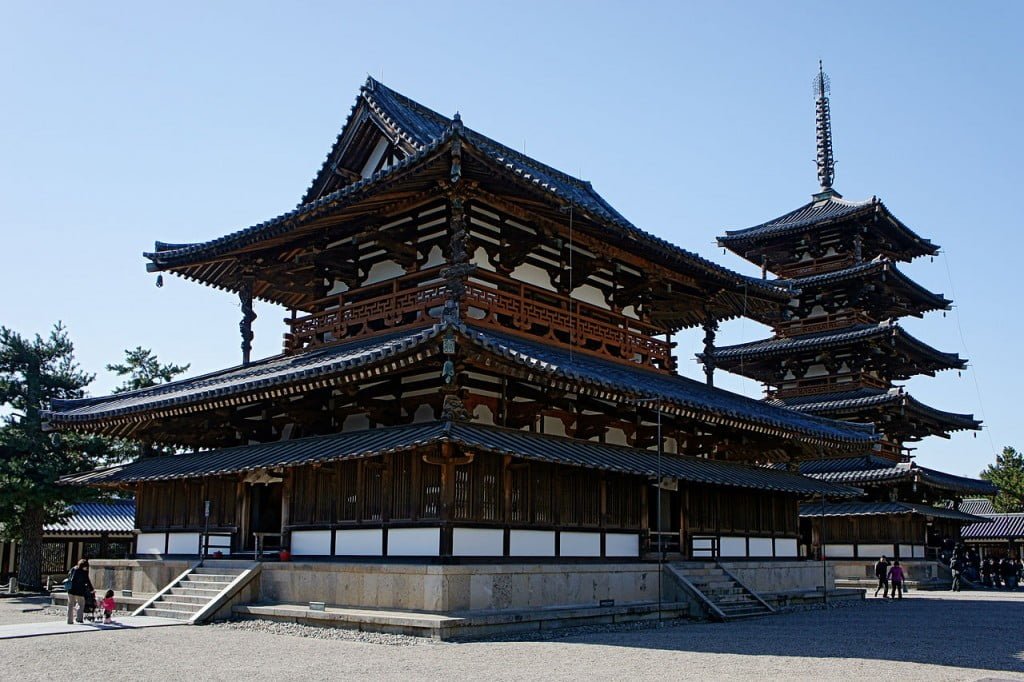
Horyu-ji is a temple in Nara that was built around 1,300 years ago. It is said to be the oldest surviving example of wooden architecture (buildings made of wood) in the world, and is a UNESCO World Heritage Site.
The temple’s five story pagoda (tower) is an especially famous building. This pagoda has stood for 1,300 years, enduring strong earthquakes and typhoons without falling.
That said, it has undergone several major repairs. One of these repairs took place in 1940. The miya-daiku group who handled these repairs was led by Tsunekazu Nishioka. In Japanese, daiku is the word for a person who builds houses, while a person who builds temples and shrines is called a miya-daiku. The Nishioka family has been doing miya-daiku work for over 1,000 years.
There is no manual for miya-daiku to learn how to make good buildings from. However, the Nishioka family has an oral tradition (spoken words passed down from a long time ago). Here are a few examples of their oral tradition.
“Putting a tower together is putting wood together”
A pagoda is built by joining pieces of timber together. The type of wood used comes from the Japanese Cypress tree. It must be high quality timber selected by a miya-daiku who knows a lot about wood.
“Putting wood together is putting the characteristics of the wood together”
Making a building from wood requires knowledge of the characteristics of each type of wood being used. It is also important to think about what type of wood should be used for the different parts of the building.
“Putting the characteristics of wood together is putting people together”
Knowing the characteristics of the wood, and putting that wood together to make a building requires many miya-daiku to join forces; some have knowledge of wood, while others have a high degree of construction skills.
“Putting people together is putting their hearts together”
A good building won’t be built just by bringing skilled miya-daiku together. A good building requires all of the people working on it to be of the same mind.
This last part emphasizes the importance of people’s hearts, not just their skills. I think this is a good example of the Japanese way of thinking.
Moving on to another famous tower in Japan, the designers of the Tokyo Skytree actually used Nara’s Horyu-ji and Yakushi-ji temples as references when they were planning its construction.
More about Horyuji Temple…
…the 1,000 year old miya-daiku construction techniques might actually be on the cutting edge of modern architecture.
About this week’s author: Mr. Shigemi Matsumoto, was a junior high school Japanese teacher for 23 years before joining Coto Language Academy. Therefore, he is a Japanese language pro. He currently teaches Coto’s Intensive Courses (intermediate and advanced), Business Courses and the Part Time N1 grammar and reading classes. He is also involved in developing teaching materials at Coto.
Looking to learn more daily Japanese words? Click below
Other A I U E O Series
AIUEO – A (あ)
AIUEO – I (い)
AIUEO – U (う)
AIUEO – E (え)
AIUEO – O (お)
AIUEO – Ki(き)
AIUEO – Ku(く)
AIUEO – Ke(け)
AIUEO – Ko(こ)
AIUEO – Sa(さ)
AIUEO – Shi(し)
AIUEO – Su(す)
AIUEO – Se(せ)
AIUEO – So(そ)
AIUEO – Ta(た)
AIUEO – Chi(ち)
AIUEO – Tsu (つ)
AIUEO – Te (て)
AIUEO – To (と)
AIUEO – Na (な)
AIUEO – Ni (に)
AIUEO – Nu (ぬ)
AIUEO – Ne(ね)
AIUEO – No (の)
AIUEO – Ha (は)
AIUEO – Hi (ひ)
AIUEO – Hu (ふ)
AIUEO – He (へ)
AIUEO – Ho (ほ)
AIUEO – Ma (ま)
AIUEO – Mi (み)
AIUEO – Mu (む)
AIUEO – Me (め)
AIUEO – Mo (も)
AIUEO – Ra (ら)
AIUEO – Ri (り)
AIUEO – Ru (る)
AIUEO – Re (れ)
AIUEO – Ro (ろ)
AIUEO – Ya (や)
AIUEO – Yu (ゆ)
AIUEO – Yo (よ)
AIUEO – Wa (わ)



